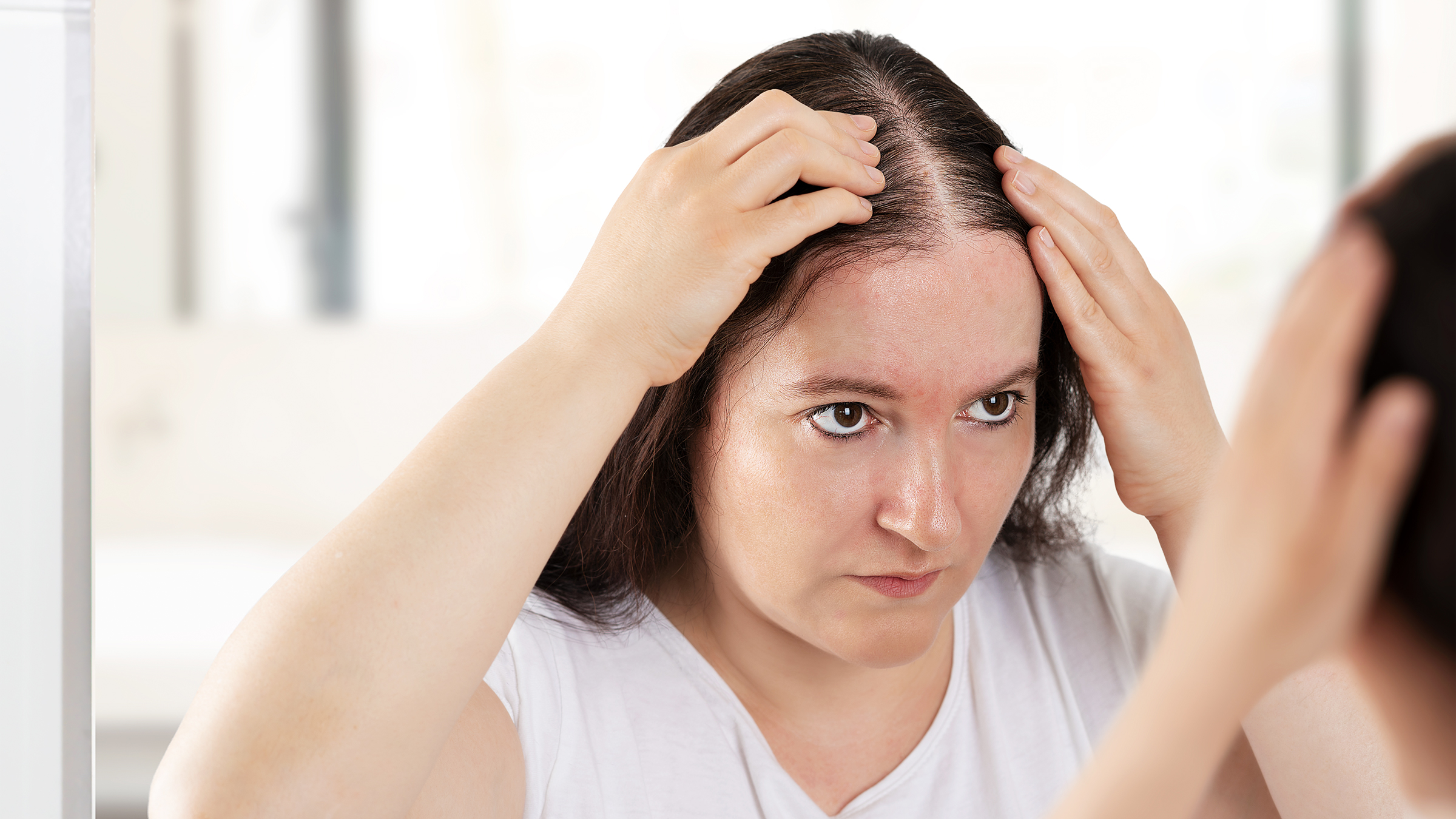Hair thinning doesn’t arrive with a loud knock. It creeps in—quietly, subtly—just when you’re stepping into your prime. For many men and women, the 30s and 40s are when ambition peaks, responsibilities pile up, and identity feels sharpened. But right around the same time, the hairline starts to recede, the crown grows a little lighter, and the once-thick ponytail starts to look thinner.
It’s frustrating, even alarming. But the truth is: hair thinning in your 30s and 40s is common—and it can be slowed, even prevented, if you understand what causes it and how to intervene early. At ZMD Hair, we specialize in both hair restoration and preservation. Here’s how you can protect what you have, before it’s gone.
Why Hair Starts Thinning in Your 30s and 40s
By the time we reach our third decade, the body begins a quiet shift. Hormonal fluctuations, lifestyle stress, and cumulative styling damage start to take their toll. For many, these are the years when genetic hair loss—also known as androgenetic alopecia—starts to show itself. In men, it’s often a receding hairline or thinning at the crown. In women, it may appear as a wider part line or general loss of volume.
But genetics aren’t the only culprit. Poor diet, stress, lack of sleep, and even overly aggressive hair routines can weaken the hair follicle’s ability to grow healthy strands. The process is slow, but once the follicle shrinks enough, it stops producing hair altogether.
The good news? Hair loss prevention isn’t a mystery. With care, consistency, and early action, you can hold on to the hair you have—and even improve it.
Strengthening Hair From Within
Healthy hair doesn’t begin on the scalp—it starts inside the body. Nutritional gaps are one of the most overlooked causes of early hair thinning. In your 30s and 40s, the body’s ability to absorb nutrients becomes slightly less efficient. Iron, zinc, vitamin D, and protein deficiencies can subtly impair hair growth, long before blood tests show anything abnormal.
A balanced diet—rich in leafy greens, lean proteins, healthy fats, and complex carbs—gives your follicles the fuel they need. Drinking water regularly and avoiding crash diets also plays a role. Your hair is not essential for survival, so the body deprioritizes it when resources are scarce. Nourish yourself well, and your hair responds.
Daily Habits That Can Make or Break Your Hair
Look at your daily routine. Most people don’t realize their hair loss is being accelerated by how they treat their strands every morning.
Aggressive brushing, tight hairstyles, frequent blow-drying, and over-washing all wear down the protective outer layer of the hair shaft. Over time, this damage adds up—leading to breakage, thinning, and loss. Heat styling and chemical treatments like bleaching or straightening make things worse, stripping away the natural oils that keep the scalp and strands hydrated.
Instead, opt for gentler approaches. Let your hair air dry when possible. Use shampoos without sulfates and conditioners designed to repair and hydrate. Massage your scalp while washing to boost blood flow. And let your hair breathe—literally—by avoiding constant hats or tight ponytails.
Small changes in your daily hair care ritual can slow the thinning process more than you might think.
Managing Stress and Hormonal Balance
By now, it’s no secret that stress takes a toll on the body. What you might not know is how directly it affects your hair.
Emotional or physical stress can push a large percentage of your hair into the resting (telogen) phase—a condition known as telogen effluvium. Months later, the hair sheds all at once, leading to sudden and noticeable thinning. Chronic stress also disrupts hormones like cortisol, estrogen, and testosterone, which all have a role in the hair growth cycle.
Women in their 30s and 40s often experience hormonal changes due to pregnancy, postpartum recovery, or perimenopause. Men may see a decline in testosterone, or an increase in DHT—a hormone known to shrink hair follicles.
The solution? Address stress head-on. Whether through exercise, meditation, journaling, or simply better sleep habits, reducing your body’s stress load can restore balance—not just for your mind, but for your scalp as well.
Early Professional Treatment Makes the Biggest Difference
There’s no shame in seeking expert help early. In fact, catching hair thinning in its earliest stages is when intervention is most effective.
At ZMD Hair, we offer targeted, medically supported treatments designed to strengthen existing hair and revive sluggish follicles. Therapies like Platelet-Rich Plasma (PRP) use your body’s own healing agents to stimulate growth naturally. Low-Level Laser Therapy (LLLT) improves follicle function without surgery. In some cases, a custom plan involving topical treatments, microneedling, or prescription medications is the best route.
The key is personalization. What works for one scalp might not work for another. That’s why a detailed consultation and scalp analysis is the first—and most important—step in your prevention journey.
Conclusion:
Hair thinning in your 30s and 40s is not a sentence—it’s a signal. A sign that your body, your habits, and your hormones are asking for attention. But it’s also an opportunity. An opportunity to act before the damage becomes permanent.
Your hair deserves more than panic-driven fixes or quick gimmicks. It deserves a plan. One rooted in science, tailored to you, and guided by professionals who know what works and what’s just hype.
At ZMD Hair, we don’t just restore hair—we protect it. Our mission is to keep you looking and feeling your best through every stage of life. Whether you’re just noticing the first signs of thinning or you’ve been silently worrying for years, there’s something you can do—today.
Book your personalized consultation with ZMD Hair now. Let’s preserve your hair’s future before it slips away. Your best hair days are still ahead—let’s make sure they stay that way.




